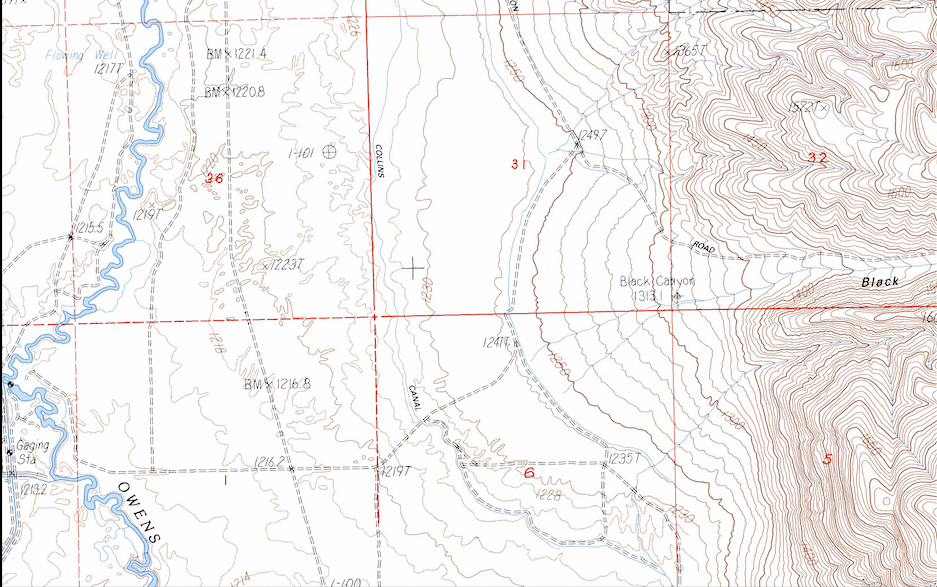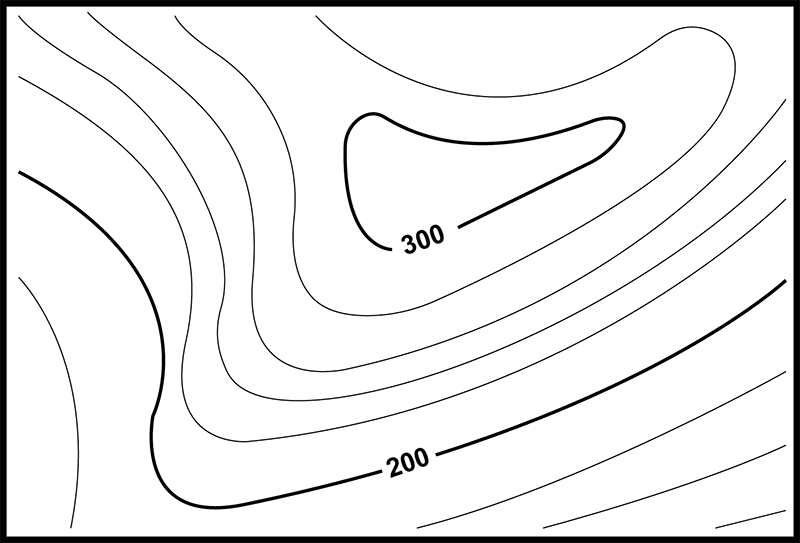

A curve in the complex plane is defined as a continuous function from a closed interval of the real line to the complex plane: z : → C. In contour integration, contours provide a precise definition of the curves on which an integral may be suitably defined. In complex analysis a contour is a type of curve in the complex plane. 4.7 Example 6 – logarithms and the residue at infinity.4.6 Example 5 – the square of the logarithm.4.4 Example 3a – trigonometric integrals, the general procedure.4.3 Example 3 – trigonometric integrals.

#CONTOUR INTERVAL TRIAL#
The rodperson selects trial points and is directed uphill or downhill until the required rod reading is secured.The proper rod reading that will mark a contour is determined.Contours cross sloping, crowned streets in typical U-shaped curves.Contour lines go in pairs up valleys and sides of ridges.Contour lines crossing a ridge crest point down the ridge and form U's.Contour lines crossing a stream point upstream and form form V's.Controlling features in locating contours are usually drainage lines.Contours cannot branch or wye into two contours of the same elevation. A contour line should not fork or divide.Perfectly vertical surfaces are very rare. Contours of different elevations never meet except on a vertical surface such as a wall, cliff, or natural bridge.Cuts and fills for levees or canals produce straight or geometrically curved contour lines with uniform, or uniformly graduated spacing.Contour elevations are shown on the uphill side of lines or in breaks to avoid confusion.

Spot elevations at tops of hills or bottom of depressions make maps easier to read. A contour forming a closed loop around lower ground is called a depression contour.


 0 kommentar(er)
0 kommentar(er)
